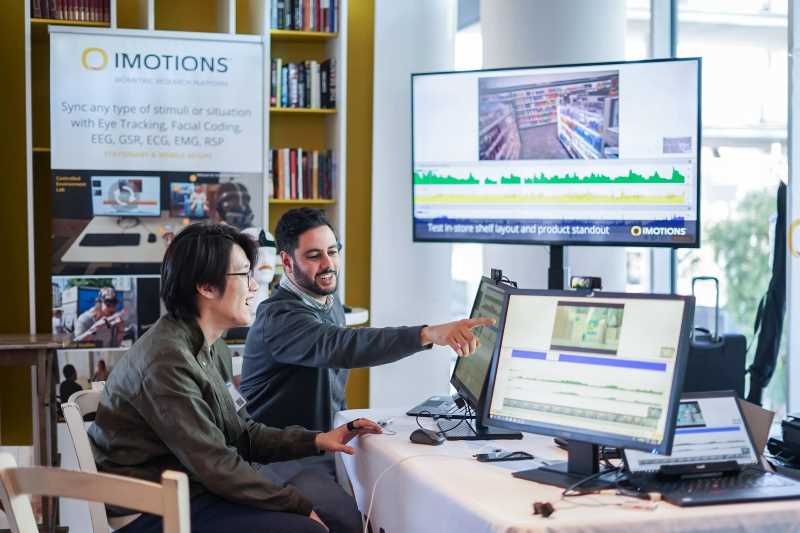Neurodivergent students, including those with Autism Spectrum Disorder (ASD) and Attention Deficit/Hyperactivity Disorder (ADHD), frequently encounter challenges in several areas of foreign language (FL) learning, including vocabulary acquisition. This exploratory study aimed to investigate real-time English as a Foreign Language (EFL) word recognition using eye tracking within the Visual World Paradigm (VWP). Specifically, it examined whether gaze patterns could serve as indicators of successful word recognition, how these patterns varied across three distractor types (semantic, phonological, unrelated), and whether age and vocabulary knowledge influenced visual attention during word processing. Methods: Eye-tracking data were collected from 17 children aged 6–10 years with ADHD or ASD while they completed EFL word recognition tasks. Analyses focused on gaze metrics across target and distractor images to identify percentile-based thresholds as potential data-driven markers of recognition. Group differences (ADHD vs. ASD) and the roles of age and vocabulary knowledge were also examined. Results: Children with ADHD exhibited increased fixations on phonological distractors, indicating higher susceptibility to interference, whereas children with ASD demonstrated more distributed attention, often attracted by semantic cues. Older participants and those with higher vocabulary scores showed more efficient gaze behavior, characterized by increased fixations on target images, greater attention to relevant stimuli, and reduced attention to distractors. Conclusions: Percentile-based thresholds in gaze metrics may provide useful markers of word recognition in neurodivergent learners. Findings underscore the importance of differentiated instructional strategies in EFL education for children with ADHD and ASD. The study further supports the integration of eye tracking with behavioral assessments to advance understanding of language processing in atypical developmental contexts.
Related Posts
-

Your Menu Is Your Most Powerful Marketing Asset
Consumer Insights
-

Measuring Pain: Advancing The Understanding Of Pain Measurement Through Multimodal Assessment
Ergonomics
-

Feeling at Home: How to Design a Space Where the Brain can Relax
Ergonomics
-

Why Dial Testing Alone Isn’t Enough in Media Testing – How to Build on It for Better Results
Consumer Insights



